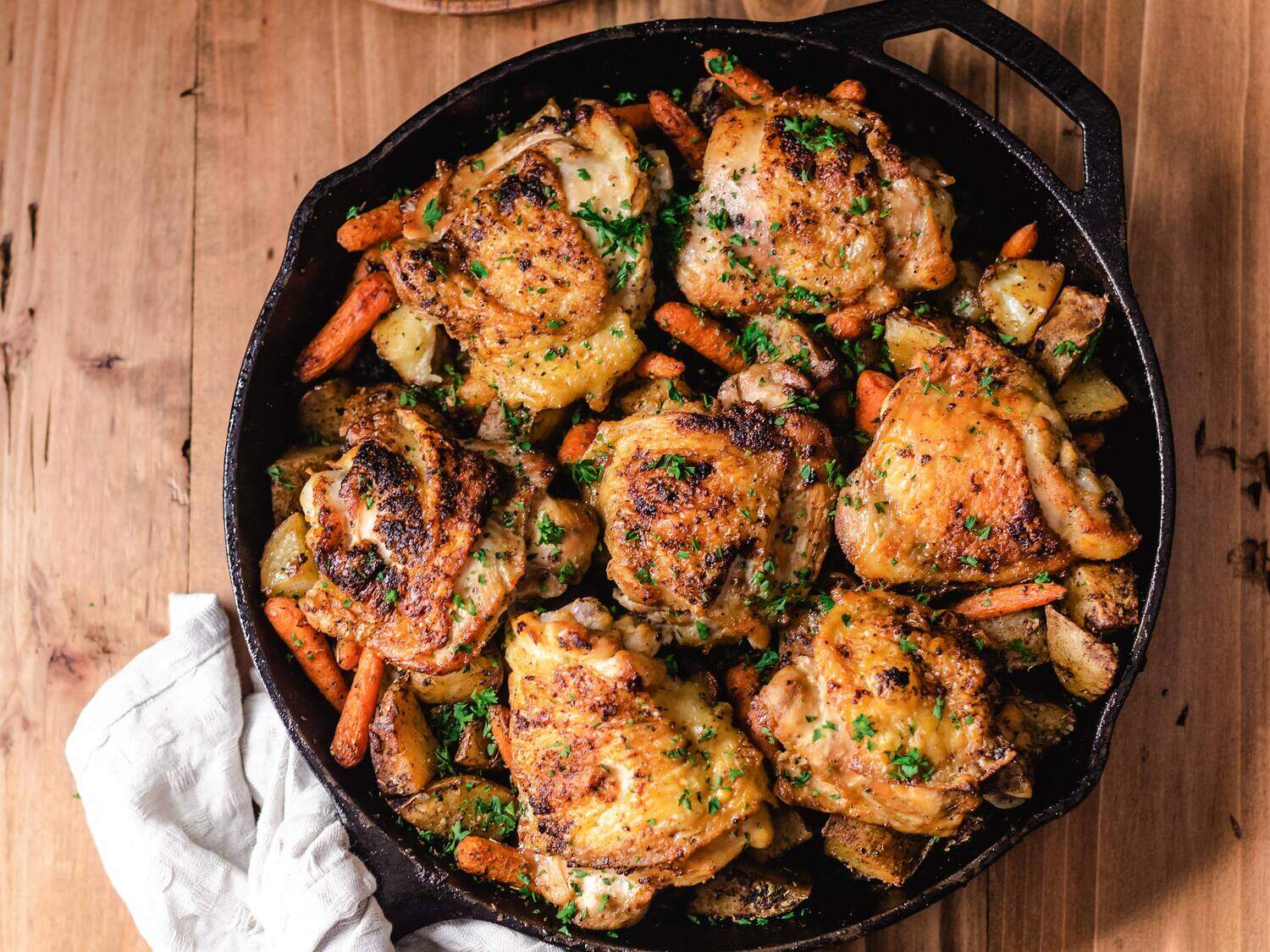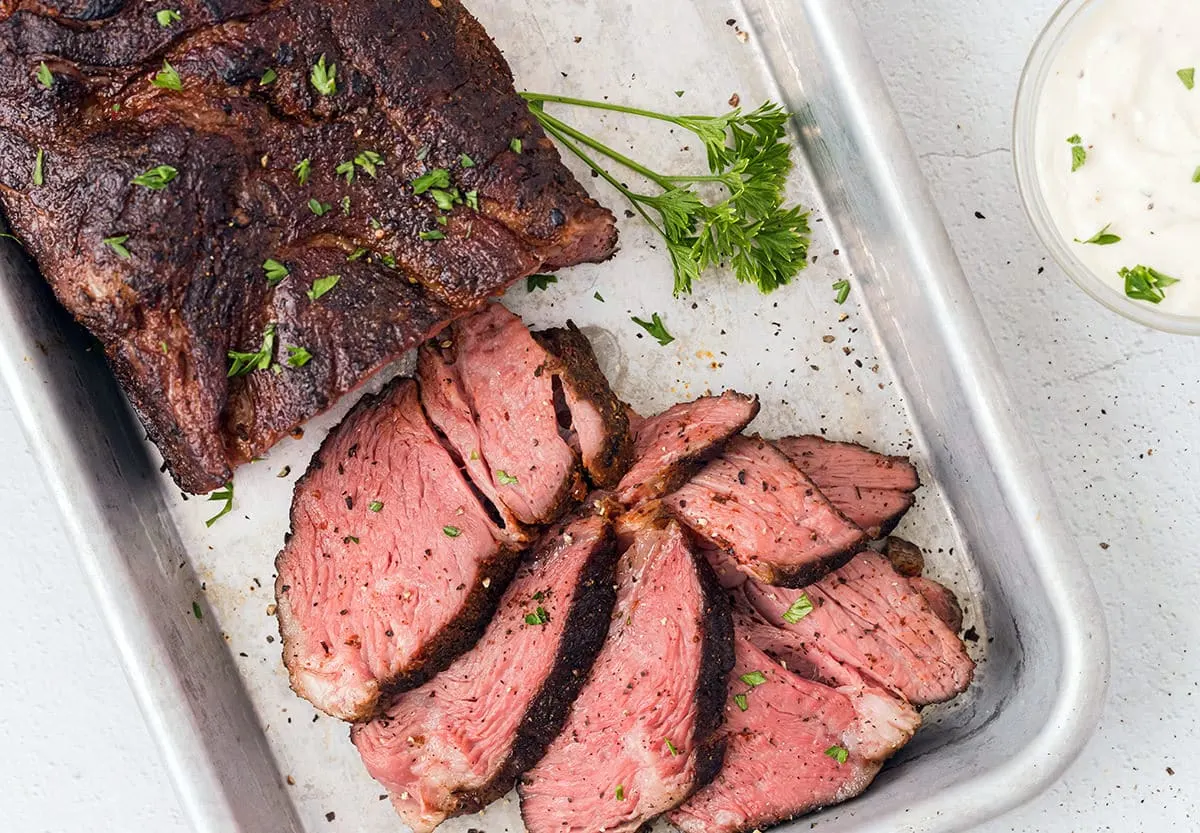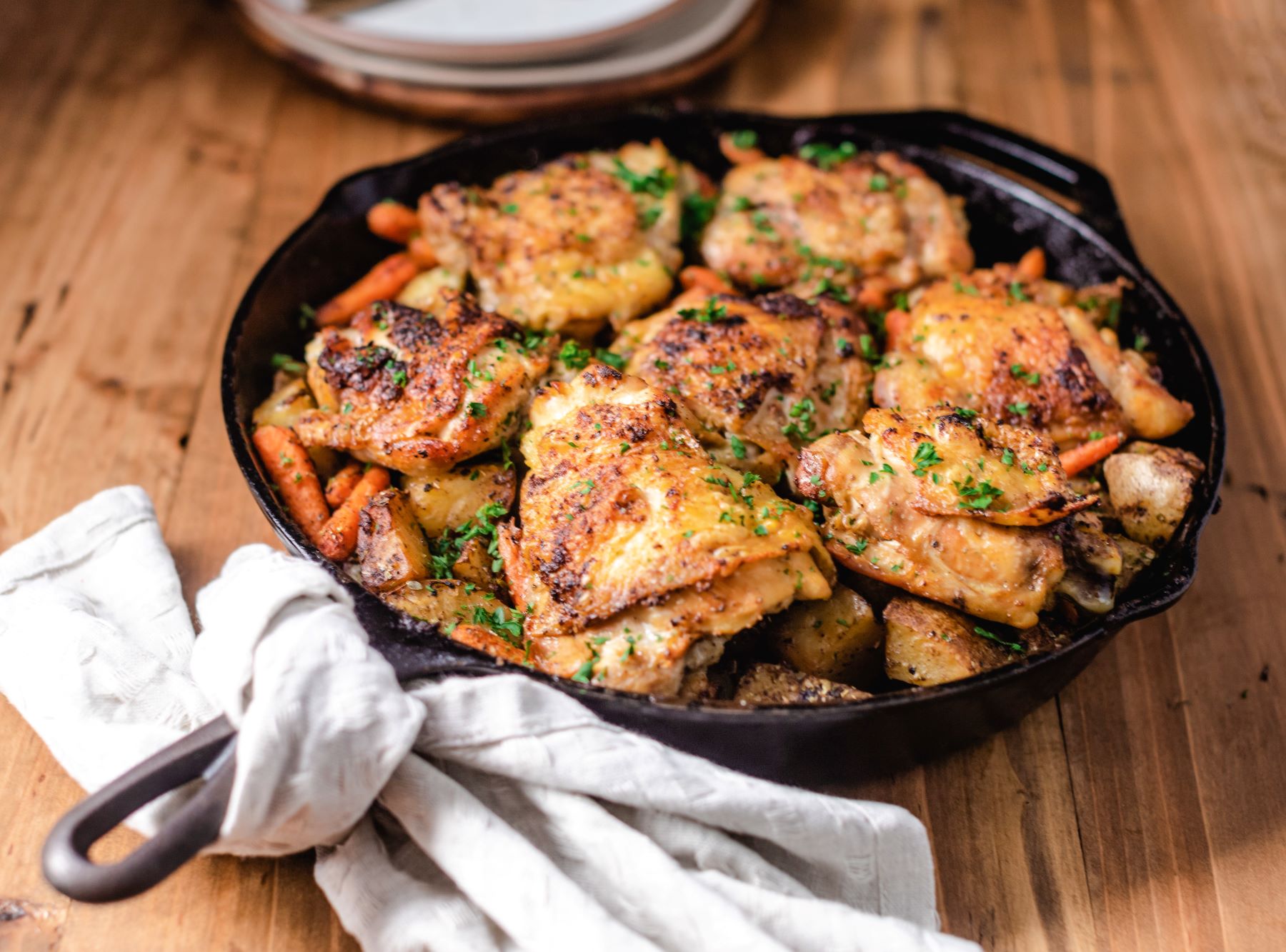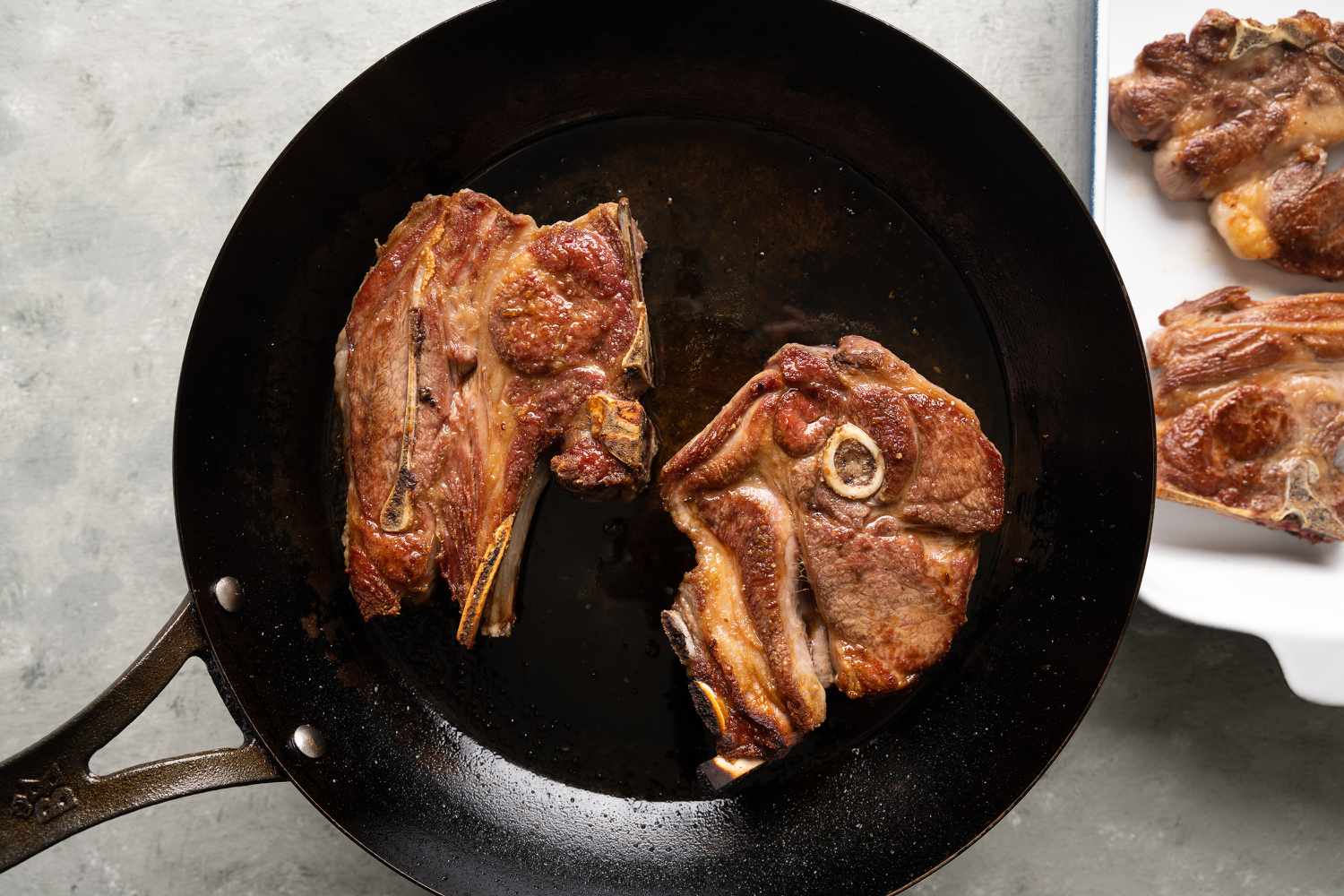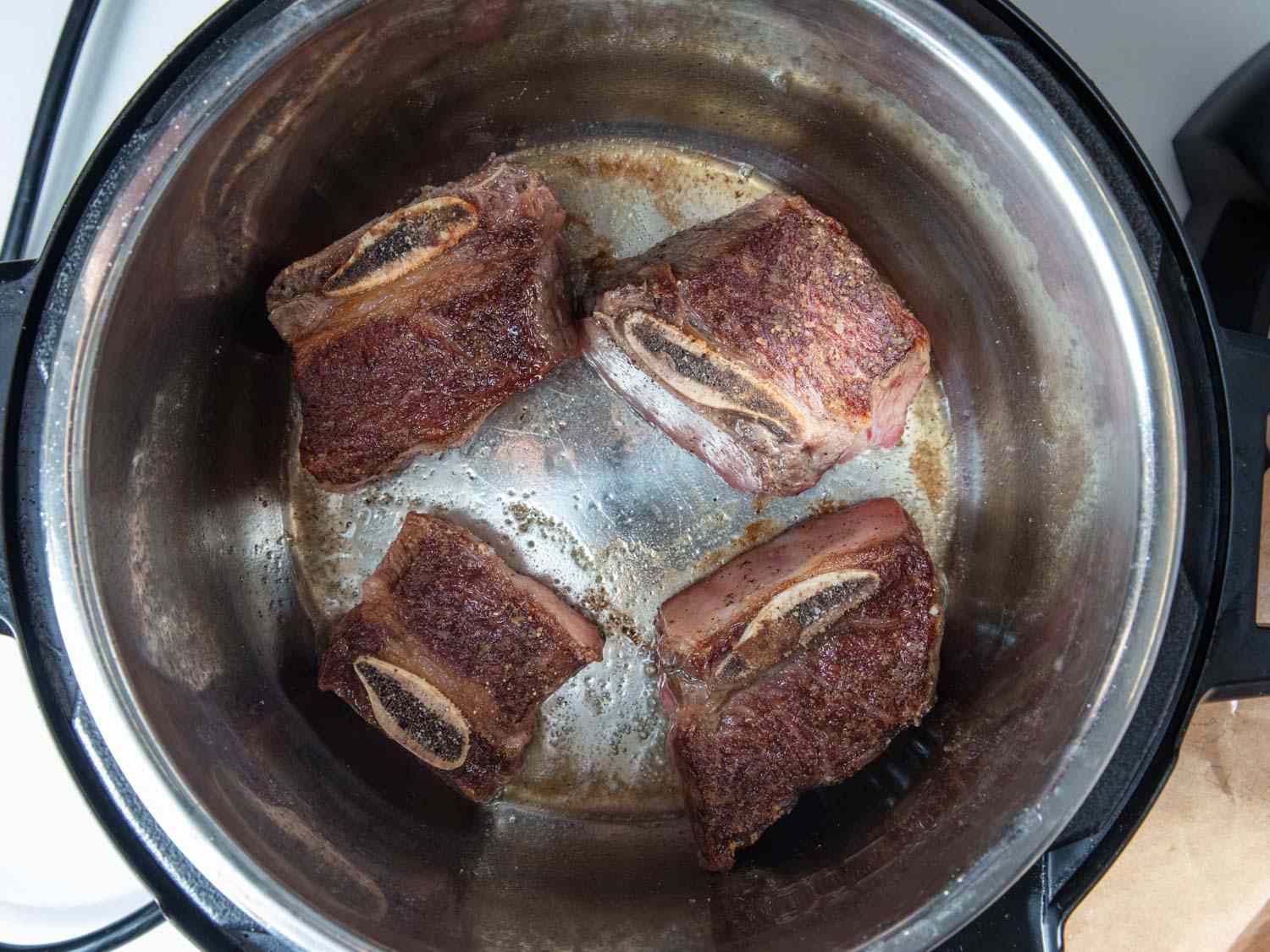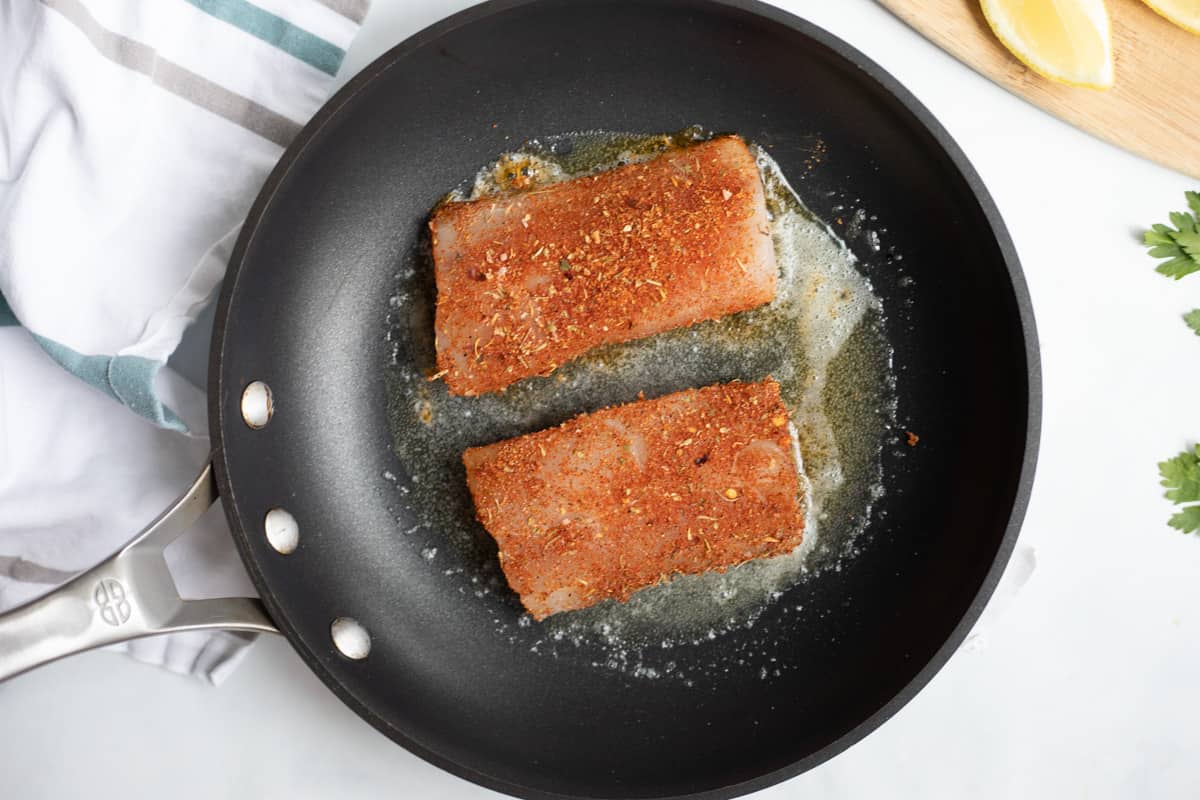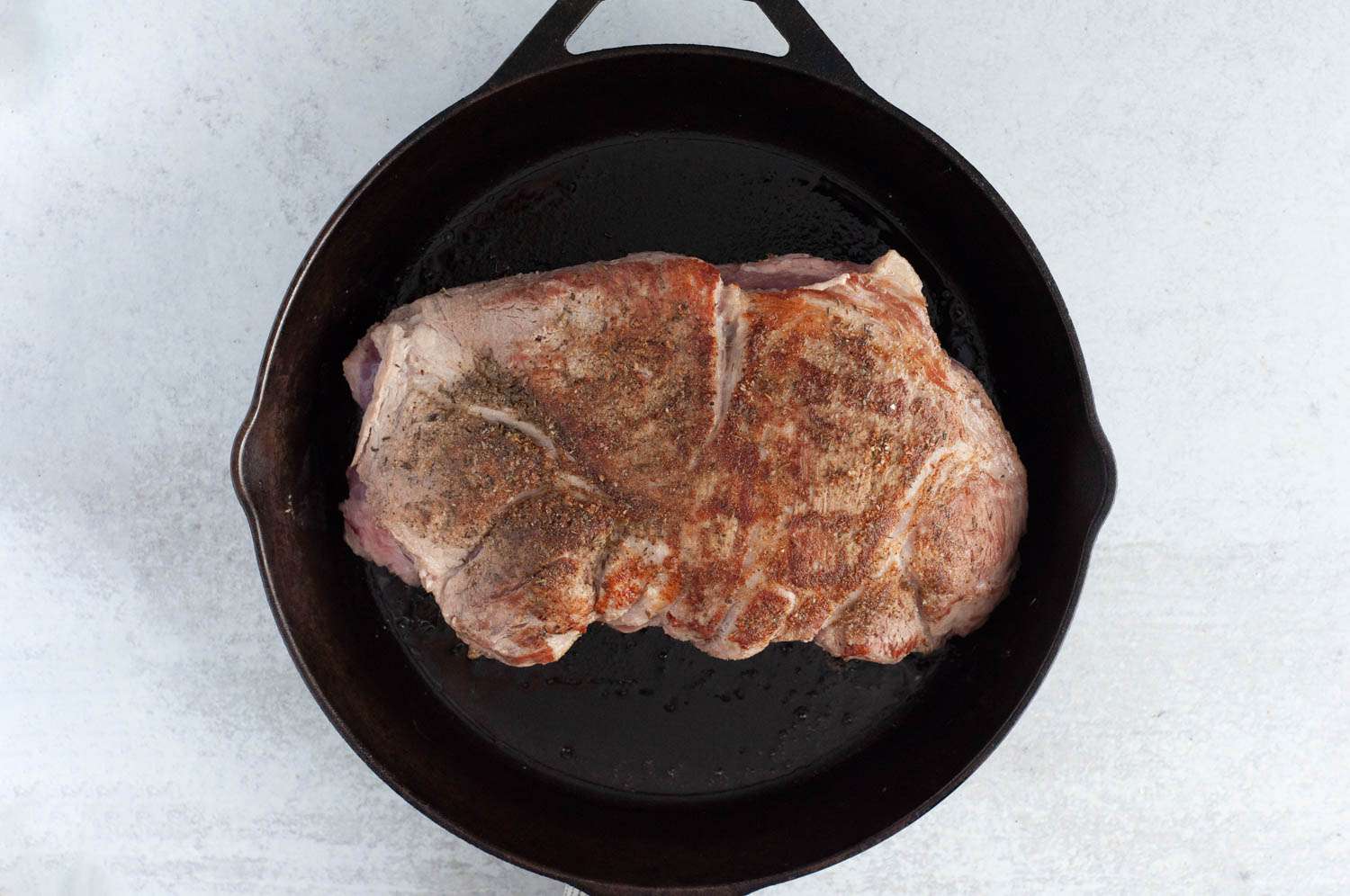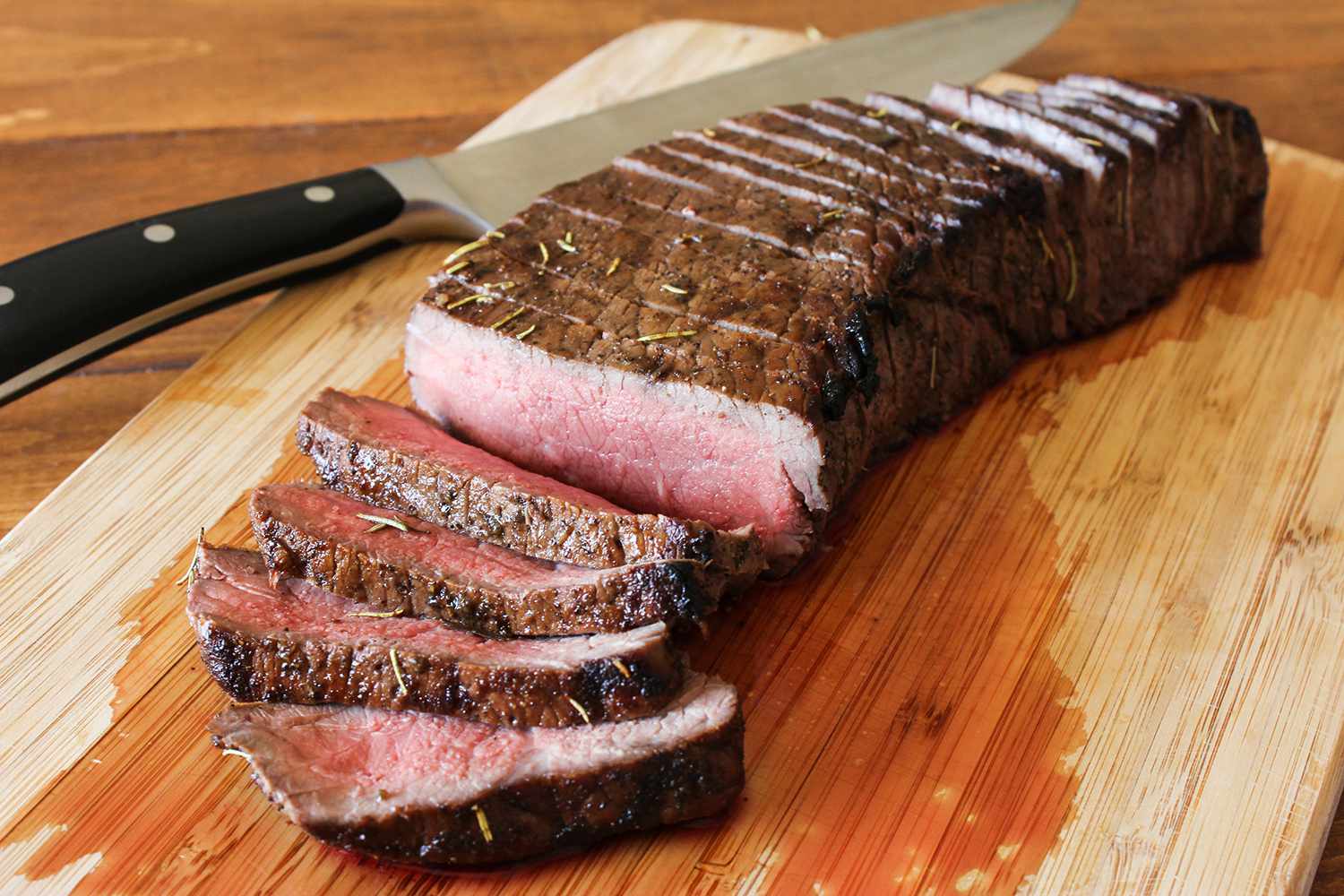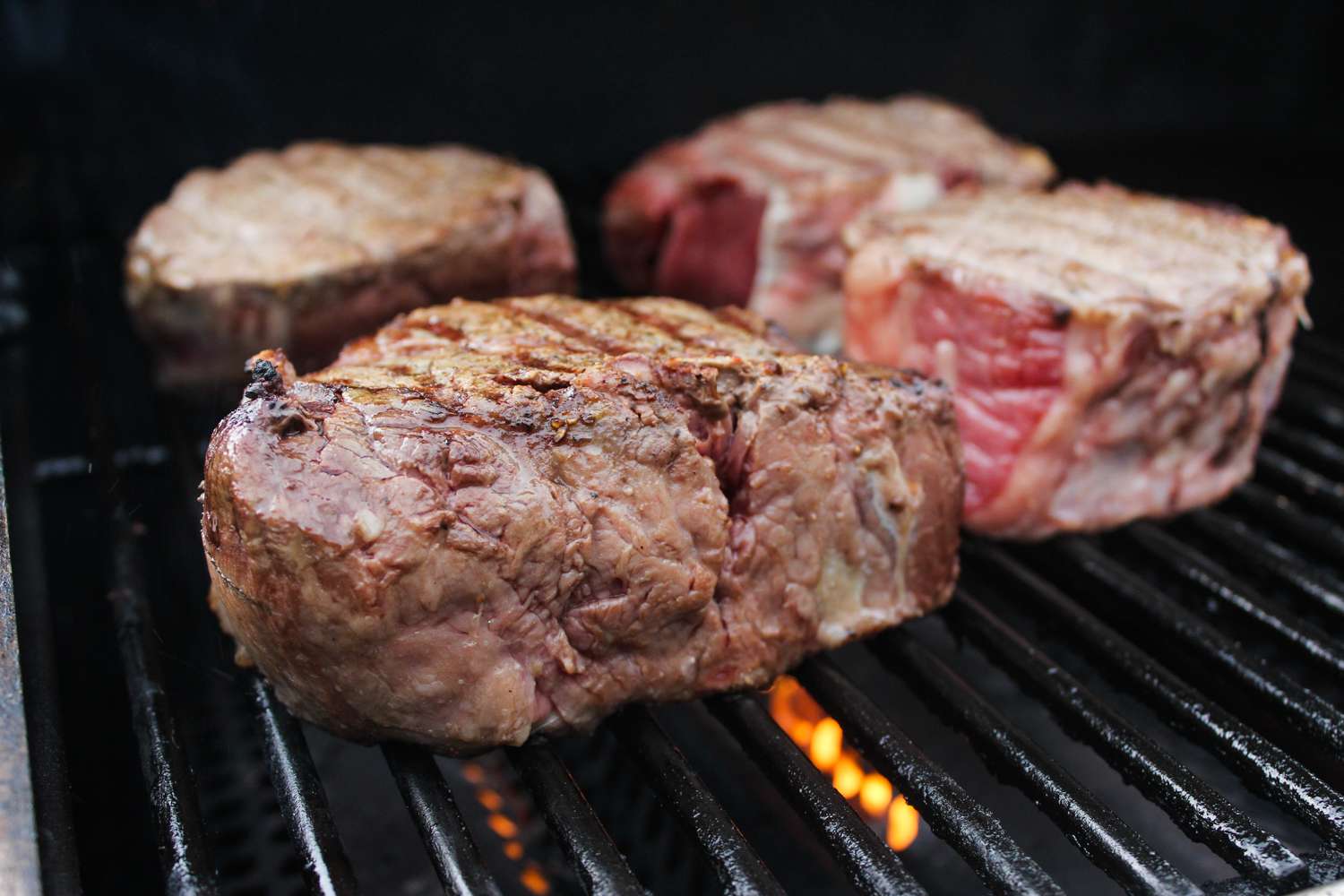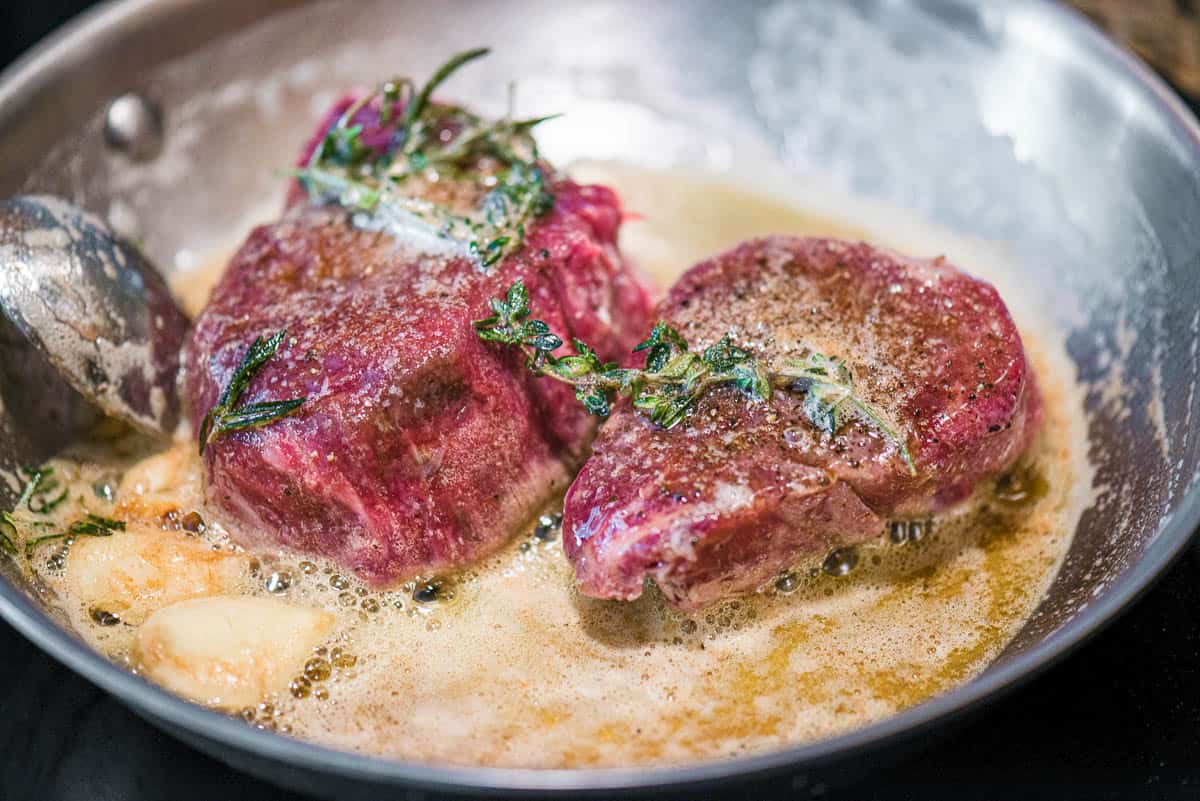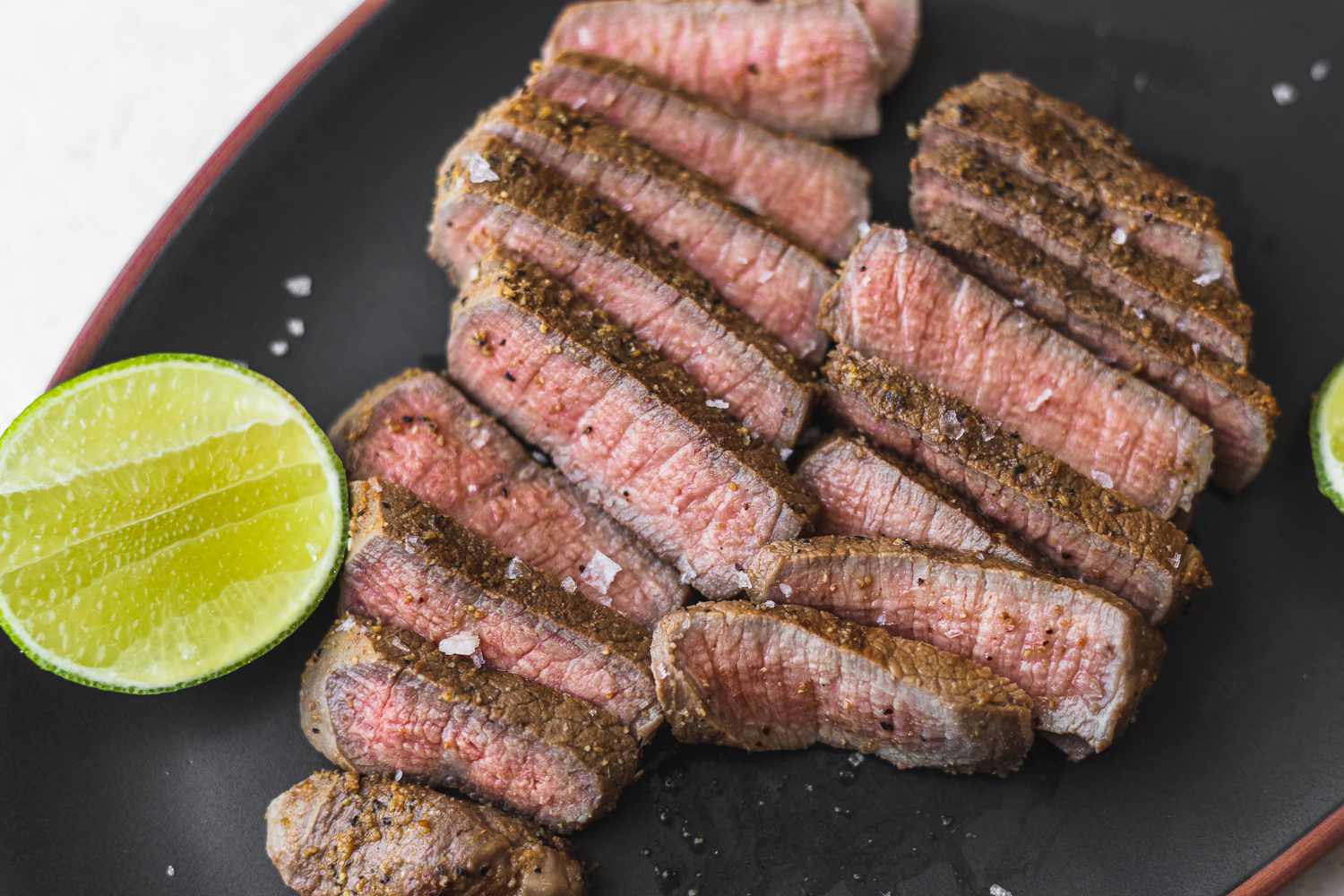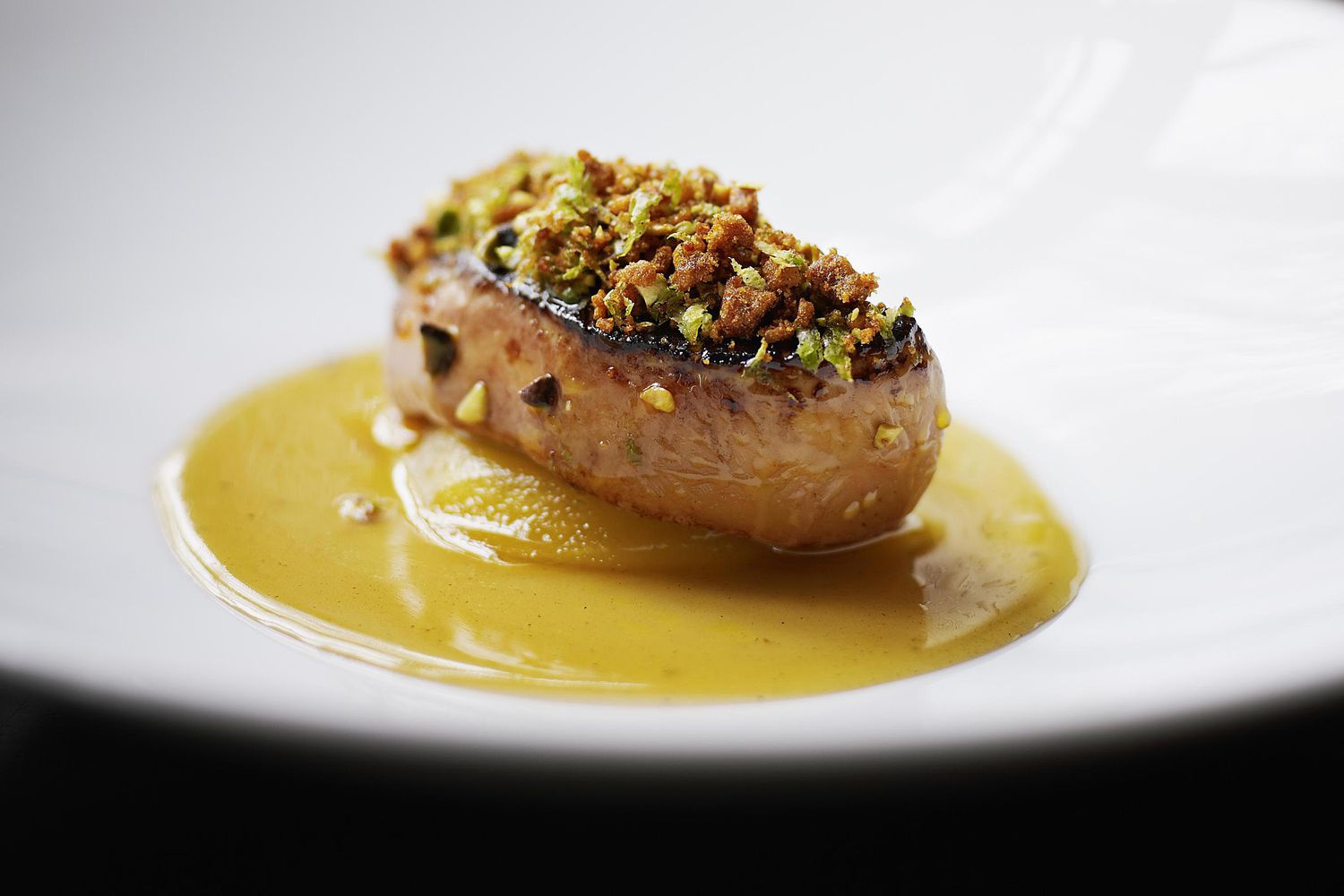Mastering the Art of Searing a Roast in a Cast Iron Skillet
There’s something undeniably satisfying about the rich, caramelized crust that forms on a perfectly seared roast. The process of searing not only locks in the juices and flavors of the meat but also creates a delicious texture that adds depth to the overall dining experience. When it comes to achieving the perfect sear, a cast iron skillet is a game-changer. Its ability to distribute heat evenly and retain high temperatures makes it the ideal tool for achieving that coveted crust on your roast.
Choosing the Right Cut of Meat
Before diving into the searing process, it’s essential to select the right cut of meat for your roast. Look for a well-marbled piece of meat, such as a ribeye or sirloin, as the intramuscular fat will contribute to a juicy and flavorful end result. Make sure the roast is at room temperature before you begin searing to ensure even cooking.
Preparing the Skillet
Preheat your cast iron skillet over medium-high heat. It’s crucial to allow the skillet to become hot before adding the roast, as this will promote the formation of the desired crust. A hot skillet will also prevent the meat from sticking to the surface.
Seasoning the Roast
Prior to searing, generously season the roast with salt and pepper. You can also incorporate other spices and herbs to complement the flavor profile of the meat. The seasoning not only enhances the taste of the roast but also contributes to the development of a flavorful crust during the searing process.
Searing the Roast
Once the skillet is adequately heated, carefully place the seasoned roast in the pan. Allow the meat to sear without moving it for a few minutes. This will enable the crust to form without interference. Use tongs to flip the roast and sear all sides evenly, including the ends, to achieve a uniform crust.
Resting the Roast
After achieving a perfect sear on all sides, remove the roast from the skillet and allow it to rest for a few minutes before slicing. This resting period allows the juices to redistribute within the meat, resulting in a tender and succulent roast.
Benefits of Using a Cast Iron Skillet
When it comes to searing a roast, a cast iron skillet offers several advantages:
- Even Heat Distribution: The cast iron skillet evenly distributes heat, ensuring that the entire surface of the roast achieves a consistent sear.
- Retains High Temperatures: The skillet retains high temperatures, which is essential for creating a flavorful crust on the meat.
- Durable and Versatile: Cast iron skillets are durable and can be used on various heat sources, including stovetops, ovens, and even grills.
- Enhanced Flavor: The natural seasoning and patina of a well-maintained cast iron skillet can impart a unique flavor to the roast.
Cleaning and Maintenance
After searing your roast, it’s important to properly clean and maintain your cast iron skillet. Avoid using soap, as it can strip away the skillet’s seasoning. Instead, use hot water and a stiff brush to remove any food particles. Once clean, thoroughly dry the skillet and apply a thin layer of oil to prevent rusting.
By mastering the art of searing a roast in a cast iron skillet, you can elevate the flavor and texture of your favorite cuts of meat. The process may require practice and patience, but the delicious results are well worth the effort.
So, the next time you’re preparing a roast, reach for your trusty cast iron skillet and embark on a culinary journey that celebrates the art of searing.
To truly master the art of searing a roast in a cast iron skillet, readers can dive into a variety of recipes that utilize this technique. For a classic and mouthwatering choice, try the Perfectly Seared Ribeye Steak. This dish highlights the skillet's ability to create a flavorful crust. Those looking for a more elegant option might enjoy the Herb-Crusted Beef Tenderloin, which combines herbs and high heat for a tender, aromatic finish. For a show-stopping centerpiece, the Sear-Roasted Prime Rib is a must-try, offering a juicy and perfectly browned exterior. Venturing into different meats, the Garlic Rosemary Seared Lamb Roast adds a savory and fragrant twist to your repertoire. Meanwhile, the Seared Venison Roast with Red Wine Sauce provides a rich and gamey flavor profile, perfect for adventurous eaters. Finally, the Cast Iron Seared Pork Loin offers a succulent and versatile option that's sure to please any crowd. Each of these recipes leverages the cast iron skillet's superior heat retention and distribution, ensuring a perfectly seared roast every time.
